Home>Garden Essentials>Why Is City Hall’s Rooftop Garden Closed In Chicago?
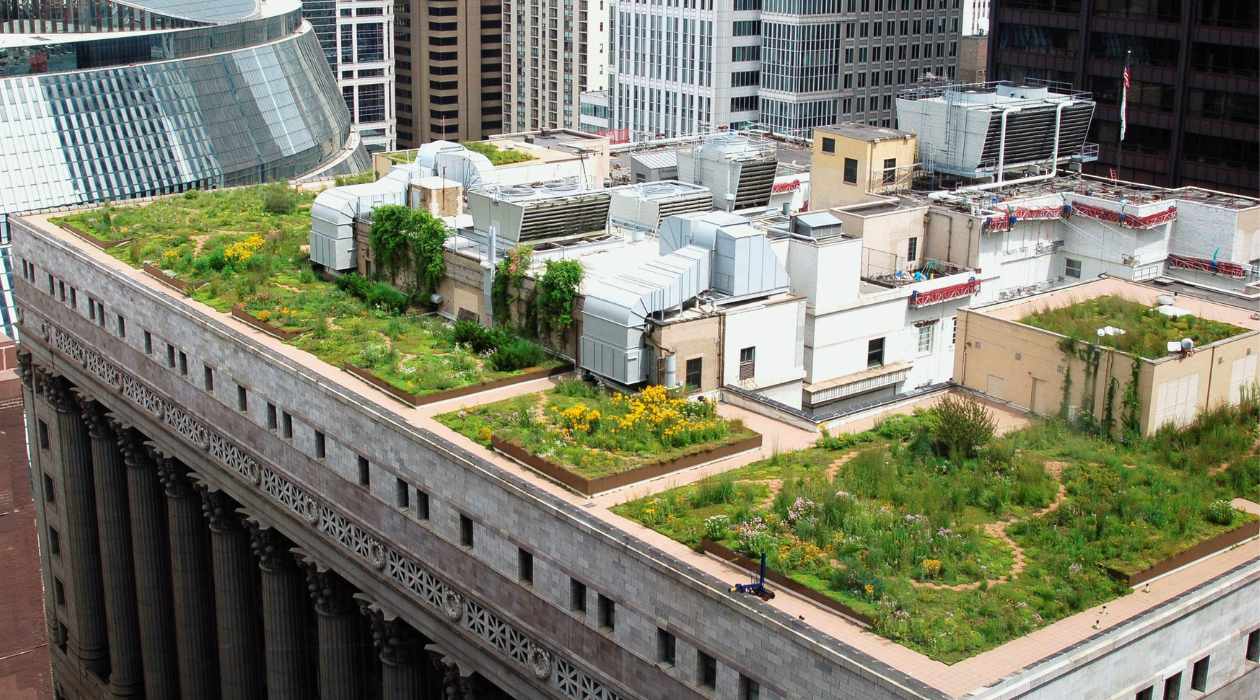

Garden Essentials
Why Is City Hall’s Rooftop Garden Closed In Chicago?
Modified: March 7, 2024
Discover why the rooftop garden at City Hall in Chicago is currently closed and learn more about the latest updates on its reopening. Explore the enchanting world of gardens in the heart of the city.
(Many of the links in this article redirect to a specific reviewed product. Your purchase of these products through affiliate links helps to generate commission for Storables.com, at no extra cost. Learn more)
Introduction
City Hall’s Rooftop Garden in Chicago has long been revered as a hidden oasis amidst the bustling cityscape. Nestled atop one of the most iconic landmarks in the Windy City, this green sanctuary has provided a tranquil escape for both residents and visitors alike. However, it is with a heavy heart that we report the closure of this beloved garden in recent years.
The history of City Hall’s Rooftop Garden is intrinsically tied to the city’s commitment to sustainability and environmental conservation. Since its inception, the garden has served as a symbol of Chicago’s dedication to green initiatives and the power of urban gardening. With its lush foliage, vibrant flowers, and breathtaking views of the city skyline, it quickly became a popular destination for nature enthusiasts and those seeking respite from the concrete jungle.
Unfortunately, the decision to close the garden was not made lightly. There were several key factors that contributed to this difficult choice, including safety concerns, maintenance and upkeep challenges, and budgetary constraints.
Key Takeaways:
- City Hall’s Rooftop Garden in Chicago closed due to safety, maintenance, and budget challenges. The closure sparked a push for alternative green initiatives to create accessible and sustainable urban spaces.
- The public’s demand for reopening City Hall’s Rooftop Garden reflects its value as a serene oasis, a symbol of sustainability, and a vital community gathering place. The closure has inspired a renewed focus on innovative green initiatives.
Read more: When Does Gatech Culc Rooftop Garden Close
History of City Hall’s Rooftop Garden
The story of City Hall’s Rooftop Garden begins in 2000 when Mayor Richard M. Daley envisioned transforming the previously unused rooftop into a vibrant green space. With the help of landscape architects and dedicated horticulturists, the dream became a reality.
Officially opened to the public in 2001, the garden quickly garnered attention for its innovative design and commitment to sustainability. It featured a diverse array of plant species, including native perennials, shrubs, and even a small vegetable patch. The green infrastructure of the rooftop was carefully planned to reduce stormwater runoff and provide habitat for birds and butterflies.
Over the years, the garden grew in popularity, hosting various educational programs, community events, and even weddings. It became a symbol of Chicago’s commitment to green spaces in urban areas and inspired other cities to pursue similar initiatives.
Visitors to City Hall’s Rooftop Garden were welcomed by the serenity of nature while enjoying panoramic views of the city. The garden served as a reminder of the unique blend of nature and urban life that makes Chicago a truly extraordinary city.
Unfortunately, as time went on, the garden faced challenges that would eventually lead to its closure. Despite the dedicated efforts of the city’s horticultural team, maintaining the garden proved to be a daunting task.
The garden struggled with issues such as invasive plant species, pest infestations, and periodic harsh weather conditions. These challenges demanded extensive resources and efforts to keep the garden in its pristine state. Additionally, the infrastructure required constant maintenance and repair due to the wear and tear caused by exposure to the elements.
As the garden approached its second decade, the strain of upkeep became increasingly burdensome. The cost of maintaining and restoring the garden’s infrastructure was surpassing the available budget, which ultimately led to the difficult decision to close it indefinitely.
Reasons for Closure
The closure of City Hall’s Rooftop Garden in Chicago was a decision driven by several factors, each with its own challenges and implications. The following are the primary reasons behind the garden’s closure:
Safety Concerns: Ensuring the safety of the visitors was a top priority for the city. Over time, it became increasingly difficult to maintain the garden’s infrastructure to meet modern safety standards. The aging structures and pathways posed potential hazards, and the cost of necessary repairs and renovations exceeded the available resources.
Maintenance and Upkeep Challenges: As with any garden, City Hall’s Rooftop Garden required consistent care and attention to keep it flourishing. However, the unique environmental conditions at rooftop gardens, such as exposure to extreme temperatures, high winds, and limited soil depth, presented significant challenges. Moreover, invasive plant species, pests, and the general wear and tear associated with outdoor spaces in a bustling city made it increasingly difficult to maintain the garden’s pristine appearance.
Budgetary Constraints: The financial considerations played a vital role in the closure of the garden. Despite the city’s commitment to sustainability and green initiatives, the cost of maintaining and operating the rooftop garden eventually surpassed the allocated budget. The funds required for ongoing maintenance, plant replacement, infrastructure repairs, and staff salaries became unsustainable, forcing city officials to make the tough decision to close the garden.
While the decision to close City Hall’s Rooftop Garden was undoubtedly disappointing for many, it was not driven by a lack of appreciation for the beauty and benefits that green spaces provide. Rather, the closure was a necessary step to prioritize safety, allocate resources effectively, and explore alternative green initiatives that can be more sustainable in the long run.
Despite the challenges that led to the garden’s closure, the legacy of City Hall’s Rooftop Garden continues to inspire and serve as a reminder of the importance of incorporating nature in urban environments. The closure has sparked conversations and efforts to explore innovative alternatives that can bring the benefits of green spaces to the city while addressing the challenges that plagued the rooftop garden.
Now, more than ever, the focus is on finding creative solutions that not only provide a sanctuary for nature but also contribute to the overall well-being of the community. From community gardens to green roofs and pocket parks, Chicago is actively seeking ways to continue its green legacy and promote sustainable living in the heart of the city.
Safety Concerns
Ensuring the safety of visitors was of utmost importance in the decision to close City Hall’s Rooftop Garden. Over time, the aging infrastructure and design of the garden posed potential hazards, necessitating a thorough evaluation of safety measures. The following are some key safety concerns that contributed to the garden’s closure:
Structural Integrity: The rooftop garden’s structures, including walkways, railings, and seating areas, were subject to wear and tear caused by exposure to the elements. This constant exposure, along with periodic extreme weather conditions, resulted in deterioration and potential hazards. Cracked or uneven pavements, loose handrails, and unstable seating areas all posed risks to visitors, warranting extensive repairs and renovations.
Accessibility: The garden’s accessibility posed significant challenges for individuals with disabilities or limited mobility. The design of the rooftop garden made it difficult for those using wheelchairs or other mobility aids to navigate the uneven terrain and narrow pathways. This lack of accessibility infringed upon the rights of all visitors to enjoy the space safely and comfortably.
Emergency Evacuation: In the event of an emergency, such as a fire or natural disaster, the garden’s layout and infrastructure presented obstacles to a swift and efficient evacuation. Adequate emergency exits, clear pathways, and proper signage were necessary for the safety of visitors. However, the design limitations and the difficulty in retrofitting the rooftop garden with these essential emergency measures posed significant challenges to ensuring visitor safety.
Weather Conditions: Being located on a rooftop exposed the garden to harsh weather conditions, including high winds and extreme temperatures. These factors not only impacted the structural integrity of the garden but also posed risks to visitor safety. Strong winds could potentially topple unstable structures or cause loose debris to become airborne, endangering those in the garden.
Maintenance Challenges: Regular maintenance was crucial to ensuring the safety of the garden. However, the unique characteristics of rooftop gardens, such as limited soil depth and water retention, posed challenges for proper plant care. The need for frequent plant replacements and pest control efforts added to the maintenance burdens, potentially compromising the safety of visitors if maintenance tasks were delayed or overlooked.
To mitigate these safety concerns, extensive repairs, upgrades, and redesigns would have been necessary. However, the cost of such measures, combined with ongoing upkeep, exceeded the available resources and became unsustainable, leading to the difficult decision to close City Hall’s Rooftop Garden.
While the closure of the garden may be disappointing for many, prioritizing visitor safety remains paramount. The decision opens up opportunities to explore alternative green initiatives that can provide safe and accessible spaces for the community to enjoy while ensuring a sustainable and secure environment.
Maintenance and Upkeep Challenges
City Hall’s Rooftop Garden in Chicago faced several maintenance and upkeep challenges that ultimately contributed to its closure. The following factors played a significant role in the decision:
Unique Environmental Conditions: Maintaining a rooftop garden presents unique challenges compared to traditional ground-level gardens. The garden had to contend with limited soil depth, which affected plant growth and necessitated careful selection of suitable plant species. Additionally, the rooftop location exposed the garden to extreme temperatures, high winds, and direct sunlight, which required regular monitoring and adjustments to ensure the well-being of the plants.
Invasive Plant Species: Over time, the garden became susceptible to the infestation of invasive plant species, which posed a threat to its overall health and ecosystem. These invasive plants could outcompete native species and destabilize the garden’s delicate balance. Controlling, eradicating, and preventing the spread of invasive plants required ongoing diligent efforts and resources.
Pest Infestations: Just like any garden, City Hall’s Rooftop Garden was vulnerable to pest infestations. Insects, rodents, and other pests can damage plants and compromise the overall aesthetics and health of the garden. Implementing pest control measures while maintaining the garden’s commitment to sustainability posed a unique challenge that required careful consideration and expertise.
Infrastructure Maintenance: The garden’s infrastructure, including pathways, seating areas, and water features, necessitated regular maintenance and repairs. Exposure to the elements, such as extreme weather and constant foot traffic, took a toll on these structures. Repairing and replacing damaged infrastructure elements required significant time, effort, and financial resources.
Regular Plant Replacement: As with any garden, City Hall’s Rooftop Garden required regular plant replacements to maintain its vibrant appearance. Plants have a natural lifecycle, and over time they may become unhealthy, withered, or perish due to various factors. The need for frequent plant replacements demanded a consistent supply of new plants, as well as proper disposal methods for those that needed discarding.
Staffing and Expertise: Maintaining a rooftop garden of this scale and complexity required a dedicated and knowledgeable horticultural team. Skilled staff members were critical for plant care, pest control, infrastructure maintenance, and overall garden management. However, the budgetary constraints and limited resources made it challenging to retain a full-time staff with the necessary expertise, resulting in potential gaps in maintenance efforts.
Addressing these maintenance and upkeep challenges required ongoing commitment, resources, and expertise. Considering the increasing difficulty in meeting these demands, the decision was made to close City Hall’s Rooftop Garden to ensure responsible stewardship of the space and explore alternatives that would be more sustainable in the long run.
The closure of the garden provides an opportunity for reflection and innovation, encouraging the exploration of new gardening techniques and sustainable practices that can create vibrant and easily maintained green spaces within urban environments.
Check the city’s official website or contact the Department of Buildings for updates on the rooftop garden’s closure. They can provide information on any maintenance or safety concerns.
Read more: Rockefeller Rooftop Garden: How To Access
Budgetary Constraints
One of the primary factors that led to the closure of City Hall’s Rooftop Garden was the mounting budgetary constraints. As the garden evolved over the years, the cost of maintaining and operating the space steadily increased, exceeding the available resources. The following are the key budgetary challenges that contributed to the decision:
Maintenance and Infrastructure Costs: The ongoing maintenance and repair of the garden’s infrastructure, including walkways, seating areas, and irrigation systems, required a substantial financial investment. As the garden aged, the need for repairs and renovations escalated, surpassing the allocated budget. The cost of specialized contractors, materials, and equipment added to the financial burden of maintaining the garden’s structural integrity.
Plant Care and Replacement: The garden’s thriving plant life played a crucial role in its charm and appeal. However, the need for regular plant care, including watering, fertilizing, pruning, and replacing damaged or diseased plants, required significant financial resources. The cost of sourcing, purchasing, and replanting a diverse range of species added to the garden’s overall maintenance expenses.
Staffing and Expertise: Maintaining a rooftop garden of this magnitude and complexity required a skilled and dedicated horticultural team. However, employing and retaining a qualified staff capable of managing the garden’s diverse needs came with a significant financial commitment. Budgetary constraints made it challenging to maintain a full-time staff, compromising the efficiency and effectiveness of maintenance efforts.
Event Programming and Management: City Hall’s Rooftop Garden served as a venue for various events, educational programs, and community gatherings. However, coordinating and managing these activities incurred additional costs, including event planning, security, permits, and marketing. As the demand for events increased, the associated expenses strained the available budget, making it difficult to sustain a robust program of activities.
Economic Downturn and Funding Priorities: The closure of the garden also reflected the broader economic circumstances and the city’s shifting funding priorities. During periods of economic downturn, municipal budgets often face constraints, and difficult choices must be made. The resources allocated to City Hall’s Rooftop Garden were reassigned to other pressing needs and initiatives deemed higher priorities at the time.
The decision to close City Hall’s Rooftop Garden was not taken lightly but rather as a result of careful consideration of the financial feasibility and responsible allocation of resources. While the closure may be disappointing to many, it opened up opportunities to explore alternative green initiatives that can be more financially sustainable in the long term.
Efforts are now underway to develop innovative projects and partnerships that can create accessible and impactful green spaces within the city, taking into account the financial considerations and the lessons learned from maintaining the rooftop garden.
While the closure of City Hall’s Rooftop Garden represents the end of an era, it also paves the way for a new chapter in Chicago’s commitment to green spaces and sustainability.
Green Initiatives and Alternatives
While the closure of City Hall’s Rooftop Garden in Chicago was met with disappointment, it has spurred a renewed focus on green initiatives and the exploration of alternative options to provide accessible and sustainable green spaces within the city. The following are potential alternatives and initiatives being considered:
Community Gardens: Community gardens offer an opportunity for individuals and neighborhoods to come together and cultivate their own green spaces. These gardens can be located in vacant lots, parks, or even on rooftops of public buildings. By providing designated plots for gardening, community gardens promote community engagement, food production, and a connection with nature.
Green Roofs: Green roofs are gaining popularity as an alternative to traditional rooftop gardens. By transforming the rooftops of buildings into living, planted areas, green roofs provide environmental benefits, such as reducing urban heat island effects and stormwater runoff, improving air quality, and mitigating climate change. They can be designed using lightweight materials and require less maintenance compared to traditional gardens.
Pocket Parks: Pocket parks, also known as mini-parks or vest-pocket parks, offer small-scale green spaces inserted within urban areas. These intimate parks provide respite amidst the concrete jungle, offering seating areas, greenery, and landscaped features. Pocket parks can be created within underutilized spaces, such as vacant lots or small corners of existing parks, bringing nature closer to residents and workers.
Vertical Gardens: Vertical gardens, also known as living walls or green walls, are a creative solution for maximizing green space in limited areas. Utilizing vertical surfaces, such as building facades or freestanding structures, these gardens feature plants and vegetation that grow vertically. Vertical gardens provide aesthetic appeal, improve air quality, and can be designed with innovative irrigation systems to ensure sustainability.
Mobile Gardens: Mobile gardens offer a flexible and adaptable approach to green spaces. These gardens are designed to be portable and can be moved to different locations based on community needs or seasonal changes. Mobile gardens can take the form of movable planters or modular units, allowing for customization and easy relocation to areas lacking greenery.
Collaborative Partnerships: Collaborations between local government, community organizations, and businesses can facilitate the development and maintenance of green spaces. By leveraging resources and expertise, these partnerships can create innovative initiatives like pop-up gardens, temporary installations, and green projects that make the most efficient use of available resources.
Embracing these green initiatives and alternatives not only addresses the closure of City Hall’s Rooftop Garden but also reflects the evolving understanding of the importance of integrating nature into urban environments. By providing accessible and sustainable green spaces, these initiatives foster community engagement, enhance environmental impact, and promote the overall well-being of residents and visitors.
Chicago remains committed to its green legacy and continues to explore creative solutions that can bring the beauty and benefits of nature to the heart of the city. Whether it’s through community gardens, green roofs, or other innovative projects, the city aims to create a greener, more sustainable urban landscape for generations to come.
Public Demand for Reopening
The closure of City Hall’s Rooftop Garden in Chicago has sparked a wave of public outcry and a resounding demand for its reopening. The garden held a special place in the hearts of residents and visitors alike, and its closure has left a void in the city’s green landscape. The following are the key reasons behind the public’s strong desire to reopen the garden:
Symbol of Identity: City Hall’s Rooftop Garden has become an iconic symbol of Chicago’s commitment to sustainability, urban gardening, and the blending of nature with urban life. It is seen as a representation of the city’s unique identity and the harmonious coexistence of nature and architecture in a bustling metropolis. Reopening the garden is seen as an affirmation of Chicago’s values and its dedication to green spaces.
Serenity in the Heart of the City: The rooftop garden provided a serene oasis amidst the busy cityscape. It served as a refuge where individuals could escape the noise and chaos of urban life and reconnect with nature. The public yearns for the garden’s calming ambiance, breathtaking views, and the opportunity to have a tranquil space within the heart of the city.
Community Engagement and Education: City Hall’s Rooftop Garden served as a vital educational resource and community gathering place. Through educational programs, workshops, and events, it fostered a sense of community and provided opportunities for learning about sustainability, gardening, and environmental stewardship. The public desires the revival of these educational initiatives and the chance to engage with their neighbors and nature.
Improved Well-being: Studies have shown that exposure to green spaces improves mental and physical well-being. City Hall’s Rooftop Garden offered a unique outdoor experience, allowing individuals to escape the confines of buildings and breathe in fresh air. The public recognizes the positive impact that gardens have on overall wellness and is advocating for the reopening to promote the health and happiness of residents.
Tourism and Economic Benefits: City Hall’s Rooftop Garden was a major attraction for tourists, drawing visitors from around the world who wanted to experience its beauty and uniqueness. The closure of the garden has had a significant impact on tourism and the local economy. Reopening the garden would not only restore a beloved landmark but also contribute to the revitalization of tourism, supporting local businesses and job creation.
Sustainability and Green Initiatives: The call for reopening the garden is closely tied to the city’s sustainability goals. Chicago has long been committed to green initiatives, and the rooftop garden embodied the city’s values. The public believes that reopening the garden would reinforce Chicago’s commitment to environmental conservation, renewable practices, and the vital role of green spaces in the urban landscape.
The resounding demand for the reopening of City Hall’s Rooftop Garden reflects the public’s strong connection to the space and their desire for accessible green spaces in the heart of the city. The outpouring of support showcases the immense value that the garden held for residents, visitors, and the community at large. As discussions continue and solutions are explored, the public remains hopeful that the garden will once again open its doors, allowing future generations to enjoy its beauty, serenity, and educational opportunities.
Conclusion
The closure of City Hall’s Rooftop Garden in Chicago has been a topic of disappointment and reflection for the community. This beloved green oasis, which once symbolized the city’s commitment to sustainability, had to face the challenges of safety concerns, maintenance struggles, and budget limitations. However, the decision to close the garden has sparked conversations about the future of urban green spaces and the need for viable alternatives.
Although the closure of the garden came with mixed emotions, it opened the door to exploring innovative green initiatives and alternative solutions. The public’s demand for the reopening of City Hall’s Rooftop Garden has highlighted the intrinsic value of green spaces in urban environments and the profound impact they have on community well-being.
As the city moves forward, there is a renewed focus on creating accessible and sustainable green spaces. From community gardens and green roofs to pocket parks and vertical gardens, Chicago is actively seeking alternatives that can provide respite, foster community engagement, and enhance the city’s commitment to environmental stewardship.
It is essential to recognize that the closure of the garden was not a dismissal of the importance of green spaces, but rather a response to the challenges it faced. The decision has allowed for a reassessment of priorities, resources, and community needs.
Chicago remains committed to its green legacy, exploring creative solutions that align with financial feasibility and environmental sustainability. By leveraging collaborative partnerships, community engagement, and creative designs, the city aims to create a network of green spaces that resonates with residents and visitors, while also addressing budgetary limitations and maintenance challenges.
The closure of City Hall’s Rooftop Garden serves as a turning point in the city’s approach to urban green spaces, emphasizing the importance of adaptability, innovation, and community involvement in creating vibrant and sustainable environments. Chicago is poised to continue its legacy of incorporating nature into its urban fabric, ensuring a greener and more resilient cityscape for generations to come.
While the closure of City Hall’s Rooftop Garden undoubtedly left a void, it has also ignited a sense of purpose and determination to reimagine what urban green spaces can be. The public’s demand for reopening the garden has played a crucial role in this ongoing conversation, contributing to the city’s commitment to creating a greener, more livable, and sustainable Chicago.
Frequently Asked Questions about Why Is City Hall's Rooftop Garden Closed In Chicago?
Was this page helpful?
At Storables.com, we guarantee accurate and reliable information. Our content, validated by Expert Board Contributors, is crafted following stringent Editorial Policies. We're committed to providing you with well-researched, expert-backed insights for all your informational needs.
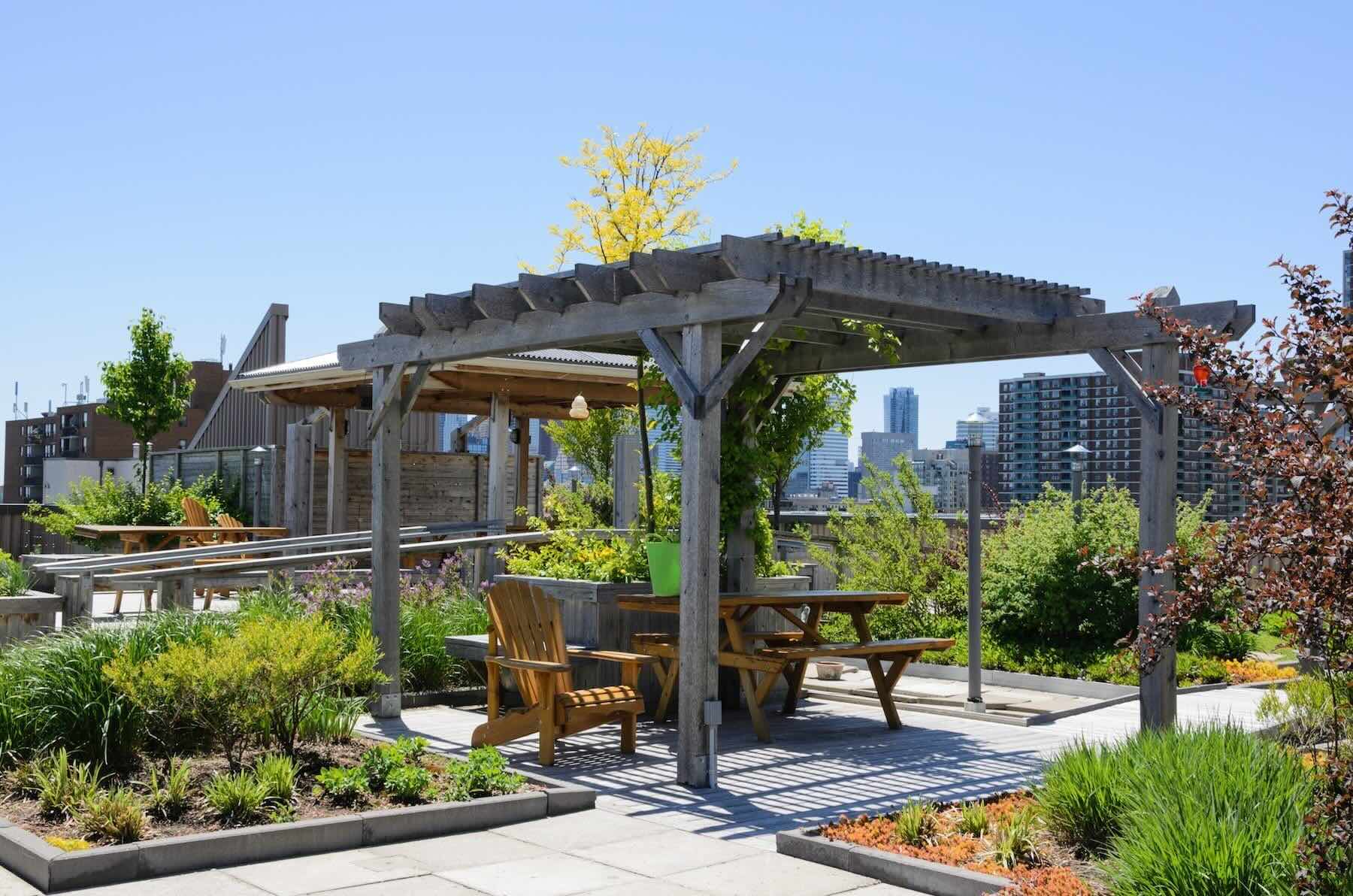
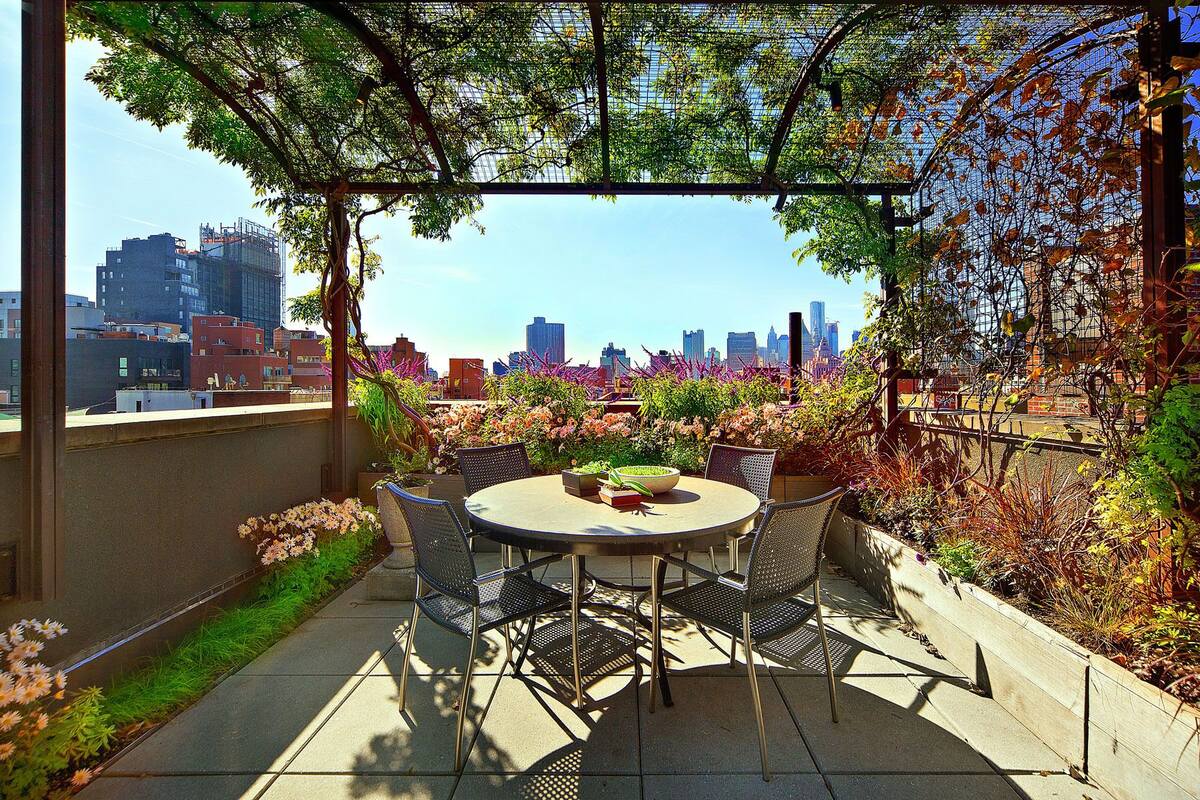
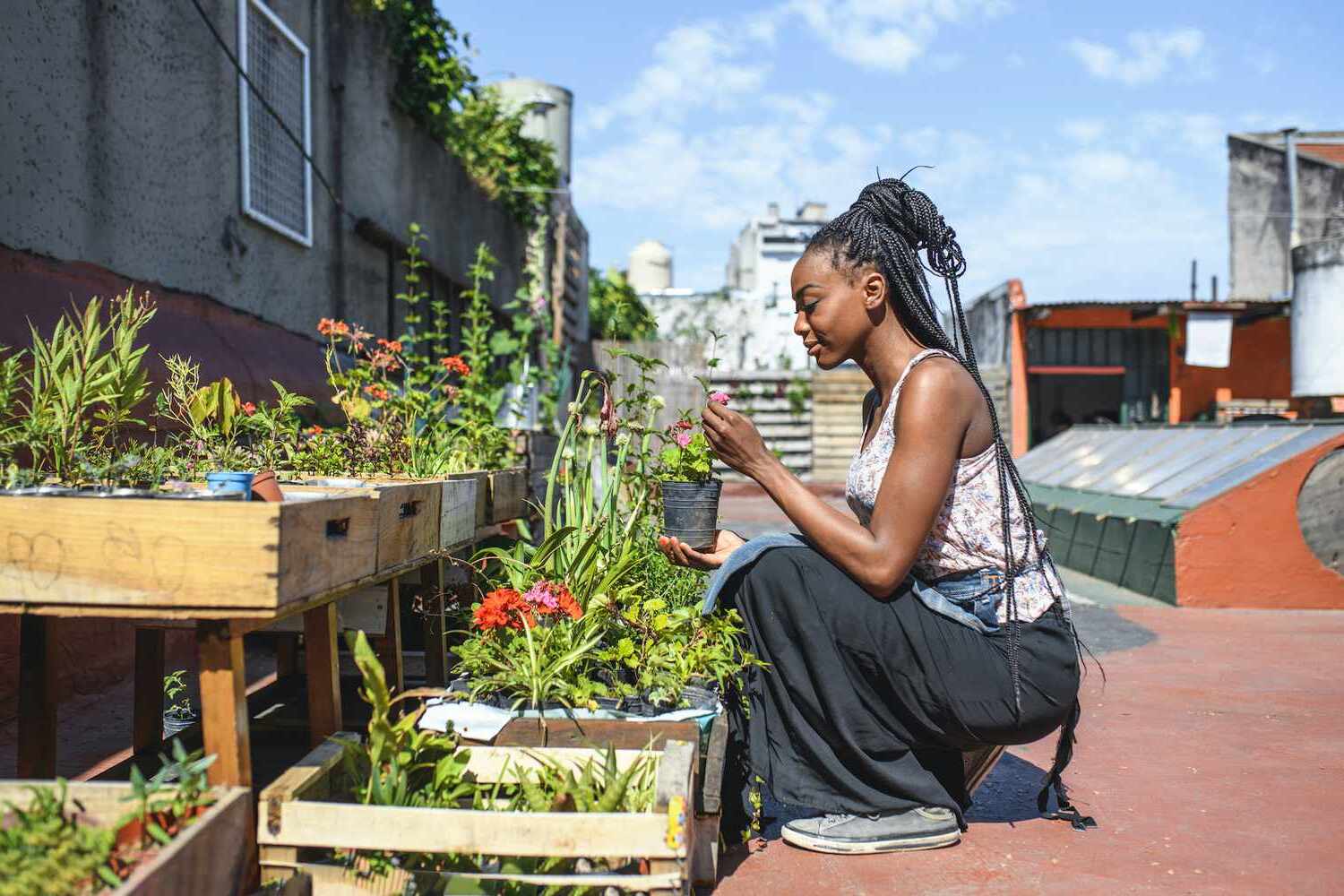
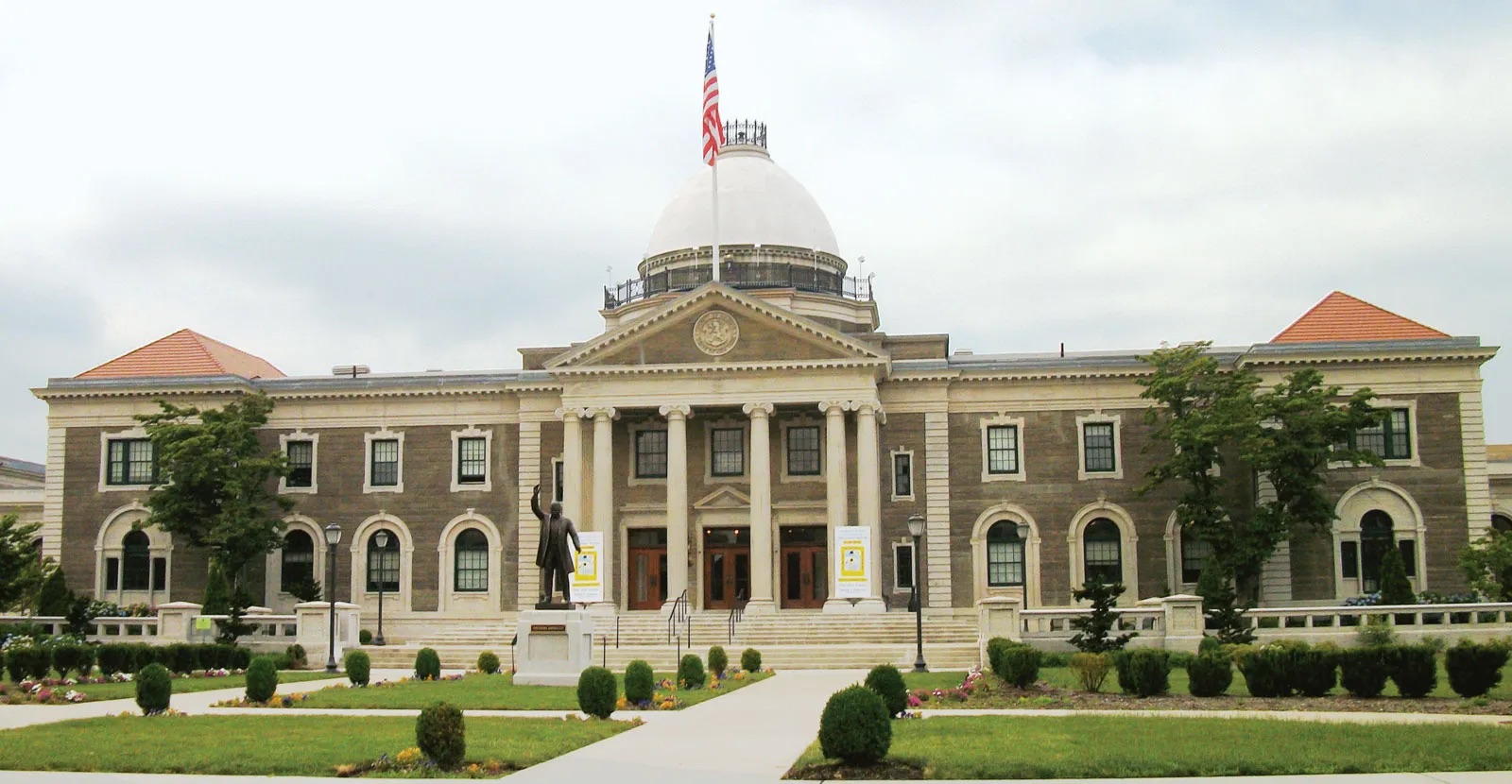
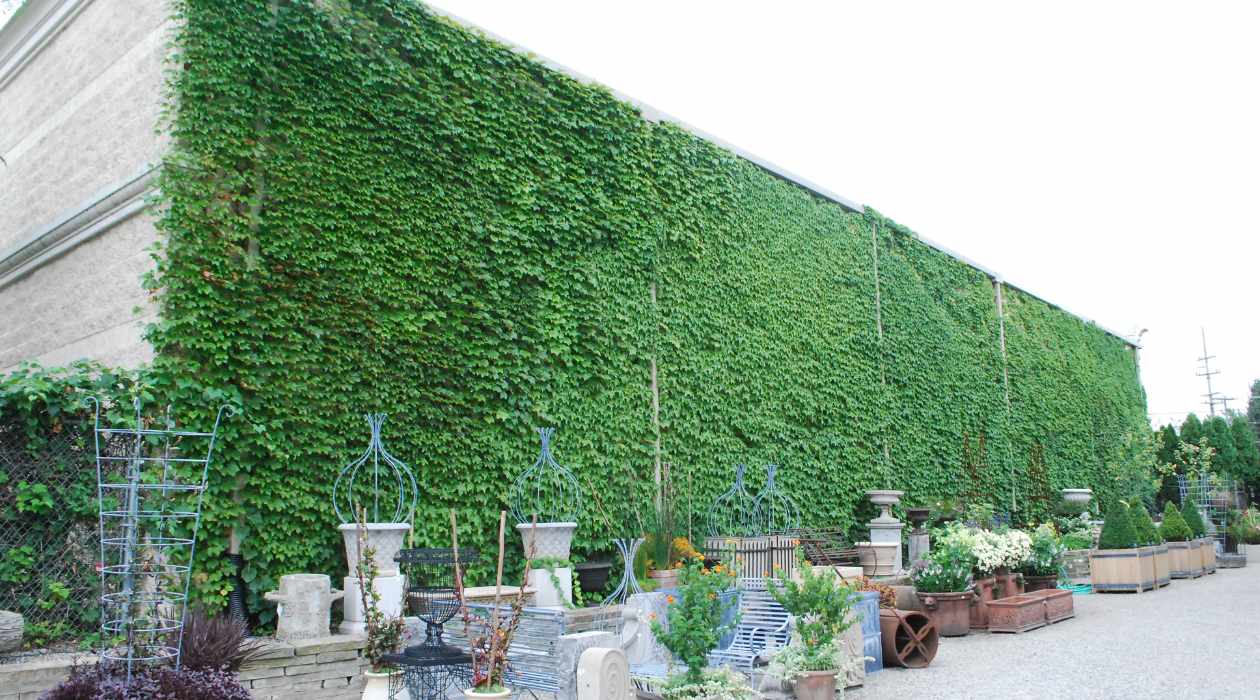



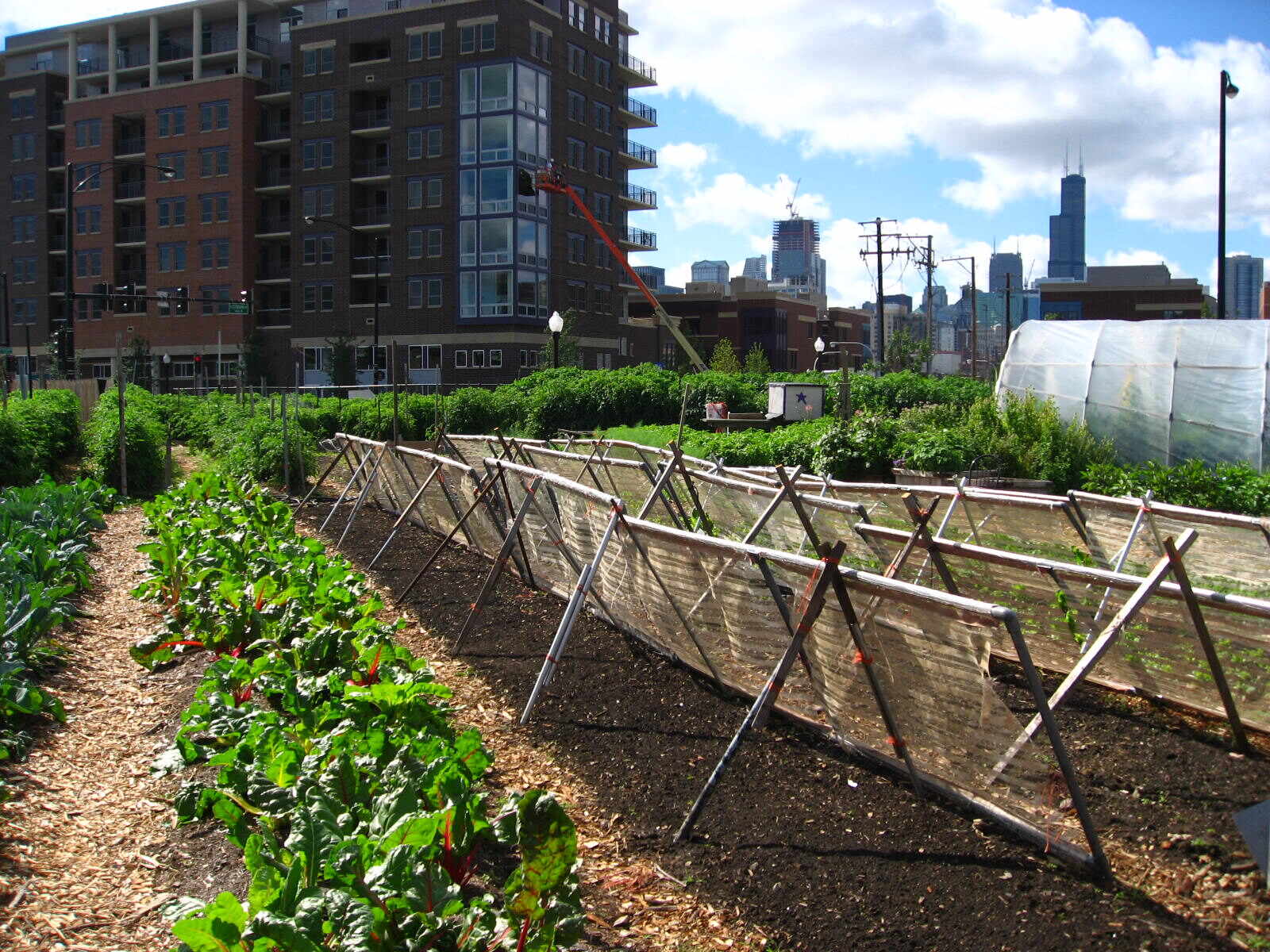
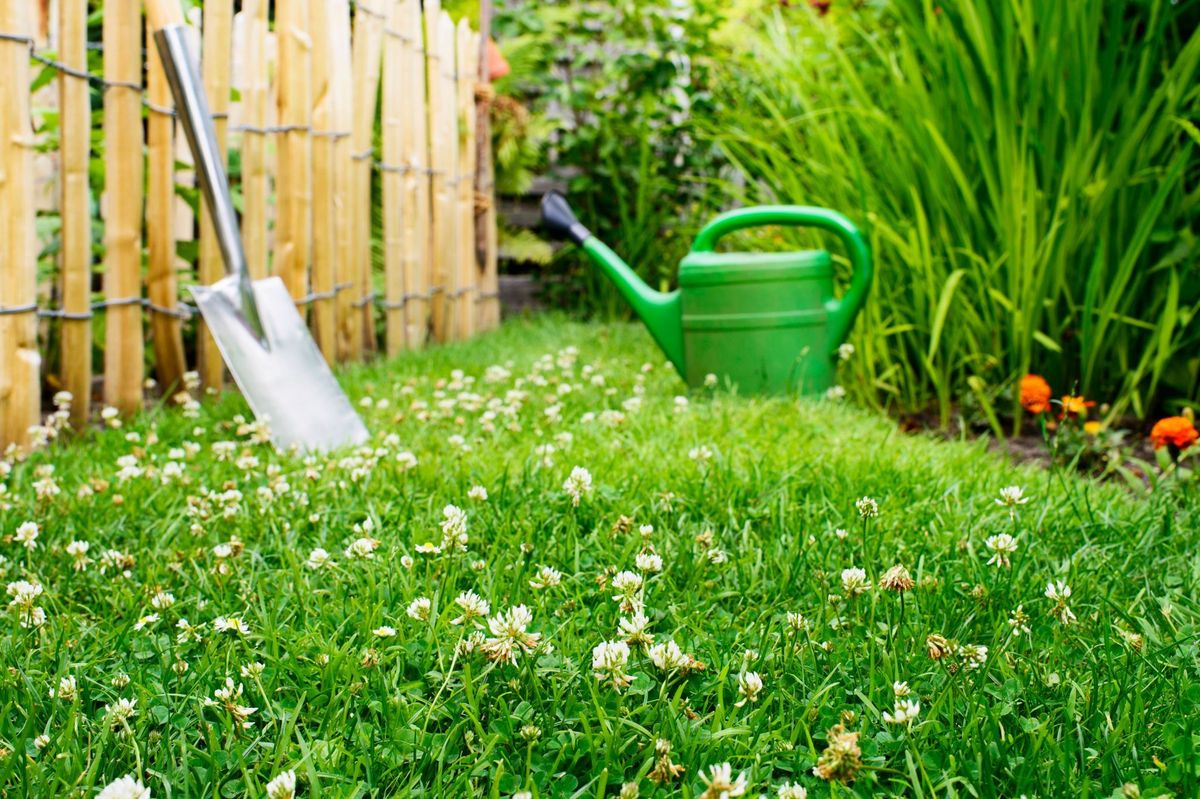
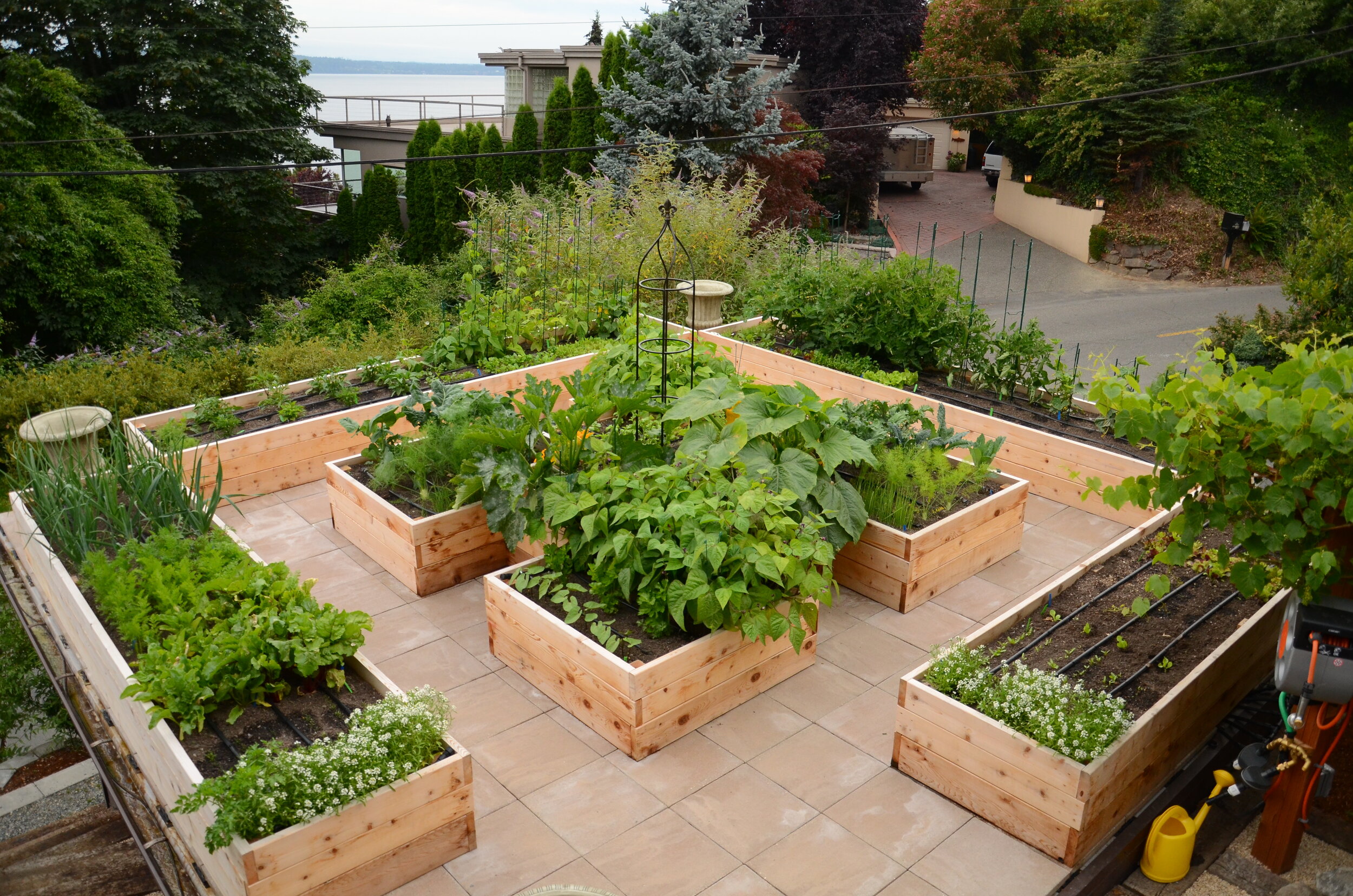

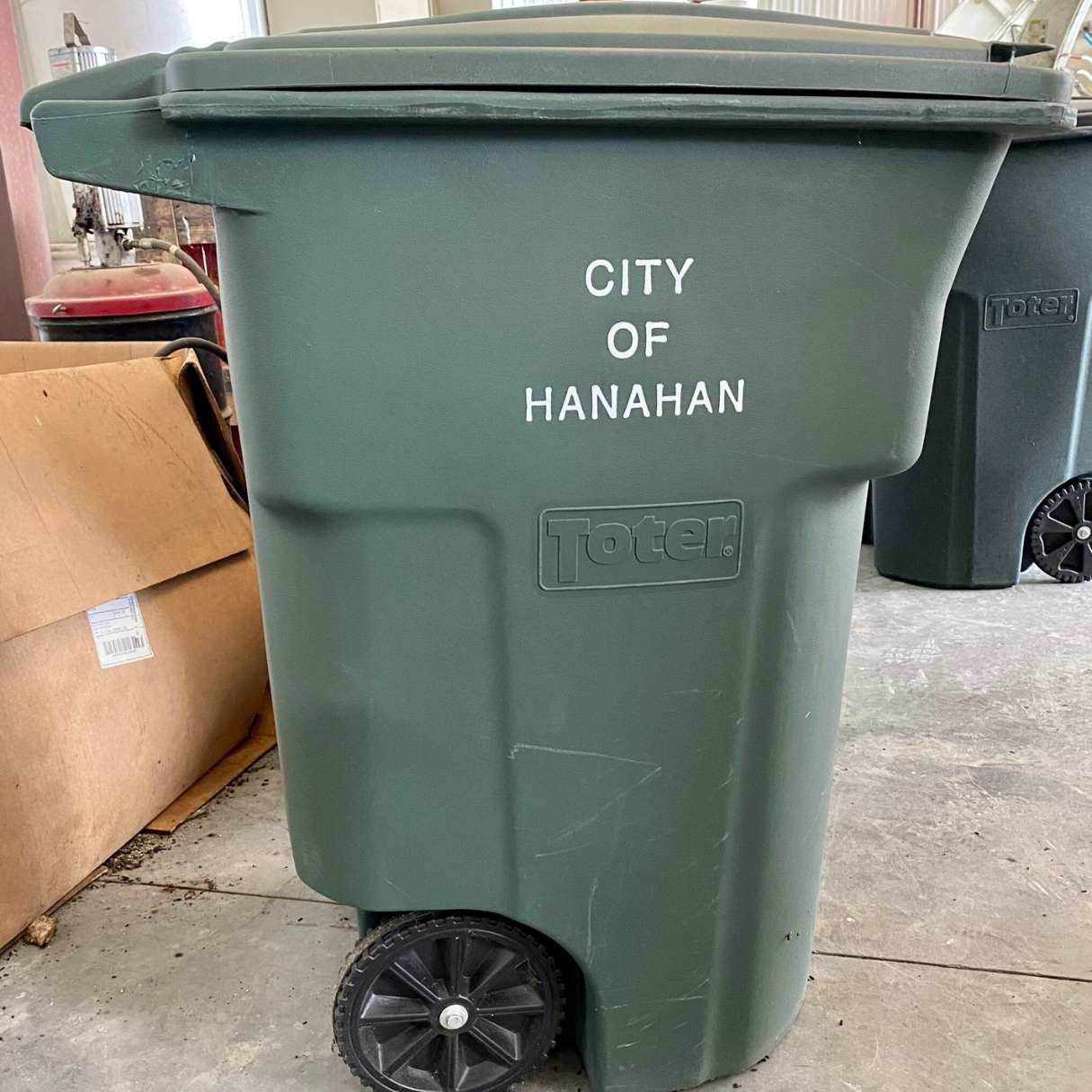
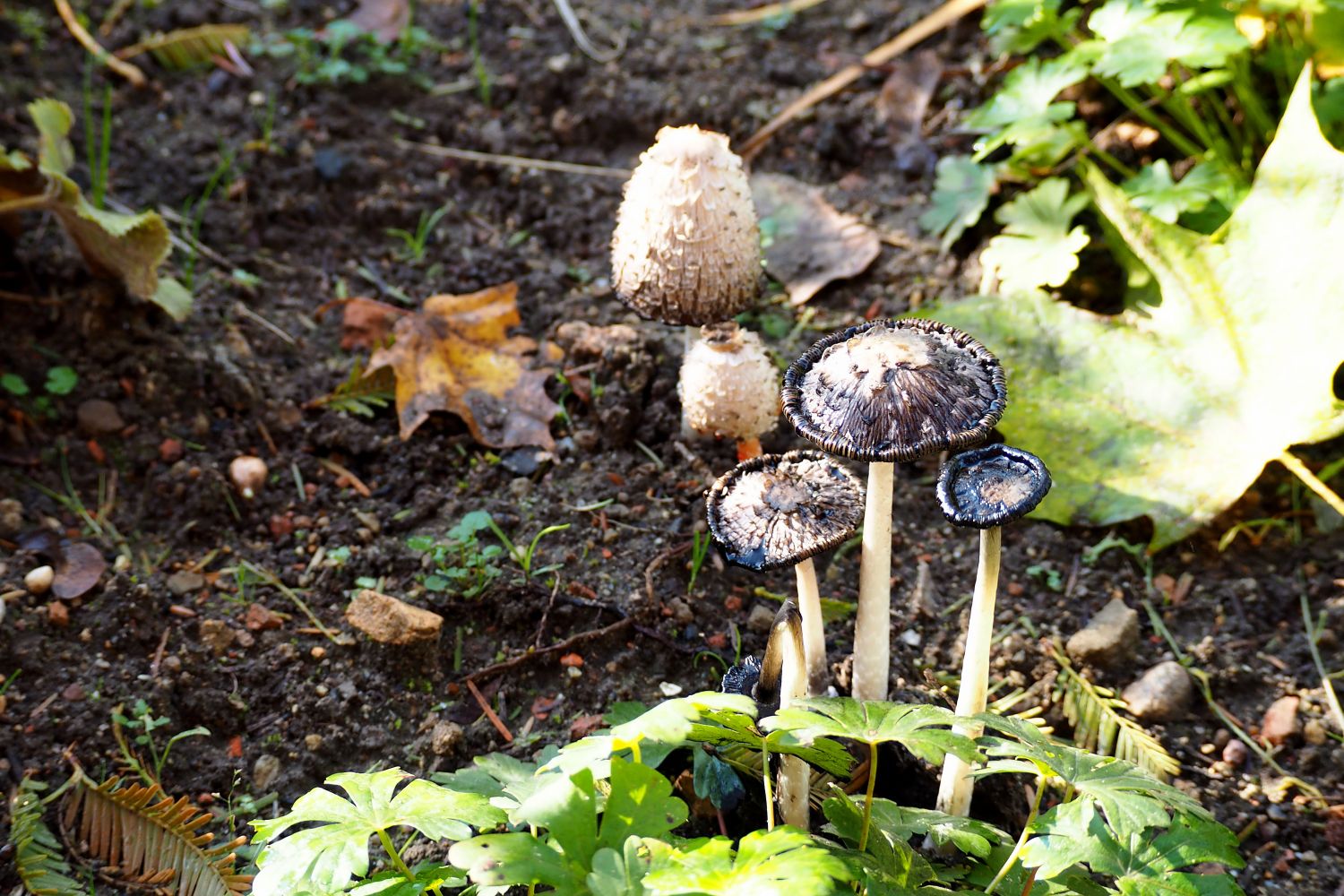

0 thoughts on “Why Is City Hall’s Rooftop Garden Closed In Chicago?”